PCBs for Datacom Applications
In the realm of data centers, we recognize that there are pressing challenges to overcome, including effective heat management and the demand for higher data throughput, all while reducing relative power consumption. These challenges, though significant, are opportunities for us to provide innovative solutions.
We are dedicated to addressing these issues and are pleased to present a selection of applications we serve, designed to enhance the efficiency and performance of data centers. Our solutions are tailored to meet the evolving needs of this dynamic industry, ensuring a brighter and more sustainable future for data processing and storage.
Below, you will find a selection of applications that we serve, all of which contribute to the advancement of safety, sustainability, and efficiency in the datacom sector.
- High Speed Communication Hardware: PCBs for fiber optic transceivers and switch electronics. Demands are typically signal integrity and thermal management.
- High Speed Communication Interconnect: PCBs for high-speed passive connectors and opto-electrical transceiver modules. Demands are typically signal integrity and very limited size.
- Rugged Computer Modules: PCBs for rugged deployable systems that need to operate in harsh usage environments and conditions. Demands are typically high reliability with particular focus on water, dust, shock and vibration.
We are an ISO 9001:2015 certified PCB supplier that can support your most intricate datacom circuit board designs.

Challenges for PCBS in the Datacom Industry
In the data communication industry, PCBs stand as the backbone of networking equipment and devices, facilitating seamless connectivity and data transfer. From routers and switches to modems and network infrastructure components, PCBs play a pivotal role in their design and functionality. These boards establish essential electrical connections between various components, including processors, memory modules, and networking chips, enabling efficient data transmission within networks. Moreover, PCBs in data communication devices integrate advanced technologies such as high-speed signal processing, power management, and thermal regulation to meet the demands of modern networking standards and protocols. Ultimately, PCBs drive the efficient and reliable exchange of information across networks, empowering the seamless flow of data in the digital age.
The ascent of 5G networks, projected to achieve 40% global coverage by 2024, is reshaping the landscape of PCB manufacturing. As the fifth generation of mobile broadband technology, 5G promises enhanced speeds, reduced latency, expanded connectivity, and broader reach compared to predecessors like 4G. With surging demand for 5G-enabled devices, PCB designers and manufacturers face the challenge of adapting to evolving consumer needs and technological standards. This entails embracing smaller, more flexible designs and implementing high-density interconnect (HDI) PCBs with thinner traces to accommodate the demands of 5G technology. Advanced automated optical inspection systems (AOIs) play a critical role in ensuring quality control throughout production. Despite obstacles such as designing larger antenna boxes and optimizing thermal management materials, the opportunities presented by 5G, including increased consumer demand for robust devices and overall PCB market growth, are substantial. Embracing the era of 5G broadband is imperative for PCB manufacturers to remain competitive and address the evolving needs of a rapidly advancing technological landscape.
The rise of the Internet of Things (IoT) has sparked a revolution in the tech industry, akin to the dot-com boom. PCBs tailored for IoT applications play a pivotal role in driving this transformation, shaping both technology and everyday life. With IoT demand on the rise, grasping the symbiosis between IoT and Flex and HDI PCBs is essential. Spanning diverse applications, from smart home devices to industrial sectors like manufacturing and healthcare, IoT relies on PCBs to enable connectivity, efficiency, and functionality. Flex PCBs offer unparalleled design flexibility and durability, while HDI PCBs optimize circuit performance in compact spaces. The future of PCB design for IoT holds the promise of further advancements, blurring the boundaries between electrical and mechanical engineering.
At Millennium Circuits Limited (MCL), we remain at the forefront of PCB manufacturing, delivering state-of-the-art solutions to meet the evolving demands of the IoT era.

Get a Free Quick Quote.

Common High-Current PCB Applications in Datacom
PCBs with heavy copper bases play a crucial role in supporting high current loads across various applications in the Datacom industry, including:
- Data centers
- Telecommunications equipment
- Networking infrastructure
- Power distribution systems
- Server farms Industrial control systems
- RF and microwave equipment
- High-performance computing
In Datacom projects where higher currents, compact board designs, and robust circuitry connections are essential, heavy copper PCBs prove invaluable. These boards maintain stability and integrity even under extreme temperatures, ensuring uninterrupted operation of critical data communication systems.
While some Datacom applications may not initially require high currents, adverse conditions such as low air pressure can accelerate voltage arcing, necessitating the use of high-current PCBs to ensure reliability and safety.
With the continuous advancement of materials and manufacturing capabilities, the demand for PCB designs tailored to datacom needs is on the rise. Today, PCB applications in the datacom sector are evolving beyond traditional solutions, with an increasing number of industries embracing the benefits of high-current PCB technology.


